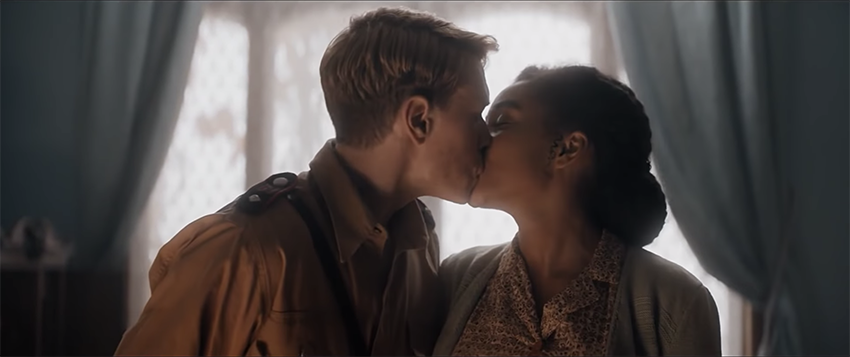Un film mostra com’era essere neri durante il Nazismo
Where hands touch è un film di Amma Asante che racconta la storia di una ragazza nera in Germania durante il Nazismo
In Inghilterra lo scorso anno è stato ufficialmente rilasciato il film Where hands touch. La storia è nata dal ritrovamento, da parte della regista inglese-ganese Amma Asante, di una vecchia fotografia di una studentessa nera scattata dai nazisti. Lei in mezzo ai suoi compagni di classe, tutti bianchi. La donna si incuriosì sulla storia della ragazza: chi era? Cosa ci faceva in Germania? Queste domande condussero la registra già vincitrice di numerosi premi a dirigere Where Hands Touch, film con attori quali Amadla Stenberg e George MacKay.
[adrotate banner=”34″]
Il film: una storia d’amore d’invenzione basata su documenti storici
Il film racconta una storia d’amore tra una ragazza meticcia e un giovane hitleriano. È certamente una storia d’invenzione, ma si basa su documenti storici. I racconti dei neri durante il razzismo sono poco noti. Amma Asante ha impiegato quasi 12 anni per conoscere la storia della ragazza e poterla raccontare sul grande schermo.
La storia dei neri durante il Nazismo
Durante il Nazismo, gli africani tedeschi erano diversi migliaia. Non potevano avere relazioni con persone bianche, erano esclusi dall’educazione e da alcuni impieghi lavorativi. Alcuni furono persino portati a morire nei campi di concentramento. Nel 1935 le leggi di Norimberga catalogavano rom e neri nella stessa categoria degli ebrei. Amma Asante, in un’intervista per la BBC, ha raccontato che «Spesso c’è una forma di miscredenza, di interrogativi e addirittura di disprezzo verso le vite difficili che hanno dovuto affrontare queste persone». Molte di loro soffrirono una crisi identitaria. Avevano un genitore tedesco e consideravano se stessi come tedeschi, ma erano allo stesso tempo isolati e mai del tutto accettati. «I bambini vivevano in due posti allo stesso tempo. Erano insider e outsider». Amma Asante racconta che il suo film renderà difficile negare che la gente nera soffriva nelle mani dei nazisti. «Penso ci sia molta ignoranza e attualmente ci sono molte parti oscure su ciò a cui questa gente andava incontro».
Leggi anche: La differenza tra l’umorismo italiano e tedesco è la stessa che c’è tra ridere e non ridere
Immagine di copertina: Screenshot film Where hands touch
Studia tedesco a Berlino o via Zoom con lezioni di gruppo o collettive, corsi da 48 ore a 192 €. Scrivi a info@berlinoschule.com o clicca sul banner per maggior informazioni
Guarda foto e video e partecipa a concorsi per biglietti di concerti, mostre o party: segui Berlino Magazine anche su Facebook, Instagram e Twitter








